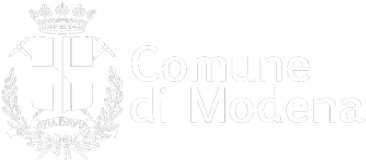Synagogue
The Monumental Synagogue was built in the neighbourhood that originally comprised the city’s ancient Jewish ghetto, but that ghetto was closed in 1861, before the building was constructed. Today the facade of the synagogue is clearly visible from the Via Emilia, the main street of Modena old city center, but when it was initially built, the temple was hidden by the buildings that stood in the area where you find now Piazza Mazzini and the façade was the one you can still admire in Via Coltellini. Those buildings were demolished in 1904 to make way for the Piazza.
The temple has an elliptical plan with twelve columns topped by a cupola.
This is circled all the way around by the Women's gallery and a wrought iron gate surrounds the area housing the sacred texts and the cabinet containing the Torah scrolls.
The interior was decorated by Ferdinando Manzini.
For many centuries, Modena was a centre of Jewish life and culture. Protected by the Este dynasty, Jews flourished in the fields of scholarship and kabbalistic study. A Jewish ghetto was established in 1638, shortly after Jews were expelled from Bologna and Ferrara. Entrepreneurial activities included the trade of silks, silver and diamonds. Jews also rose to take important positions in the House of Este, such as librarians and silversmiths. The Jewish community of Modena gradually increased from 750 to 1,500 by the mid 1800s. Many later moved to Milan. Of those who remained in Modena, a significant number resisted the Fascist authorities – it is estimated that 70 were transported to the death camps in the 1940s. Jewish cultural activities continue to flourish in modern-day Modena.
Opening hours
The synagogue can only be visited by appointment.
To make an appointment, call the Jewish Community weekdays between 9:00 a.m. and 1:00 p.m.







